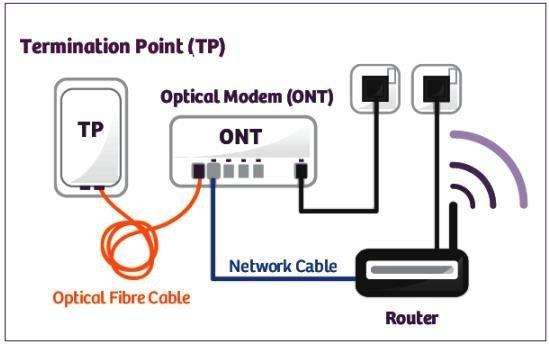Pardon my lack of understanding here...
When a service provider brings fiber internet to your home, what kind of cable/wire is it that would plug into the fiber modem's WAN port? Is it something that looks like a coax/RG6 cable or Ethernet/RJ45 cable or something else? Or does it vary depending on provider?
For illustration, I'm referring to the cable on the left marked as "Optical Fiber Cable".


Thanks!
When a service provider brings fiber internet to your home, what kind of cable/wire is it that would plug into the fiber modem's WAN port? Is it something that looks like a coax/RG6 cable or Ethernet/RJ45 cable or something else? Or does it vary depending on provider?
For illustration, I'm referring to the cable on the left marked as "Optical Fiber Cable".


Thanks!
